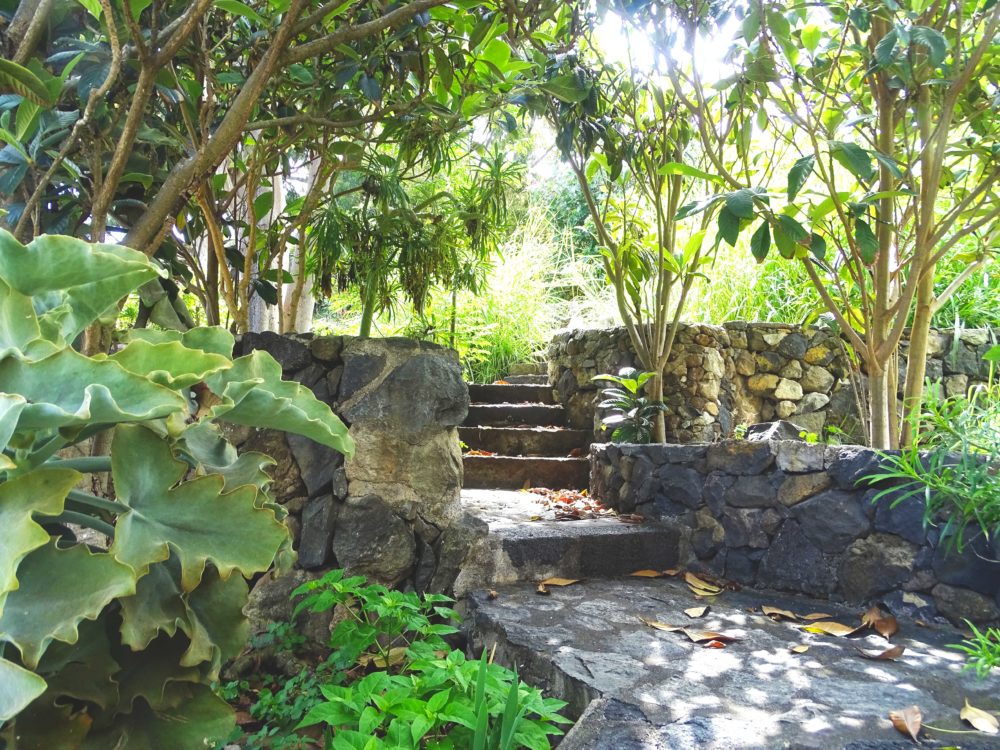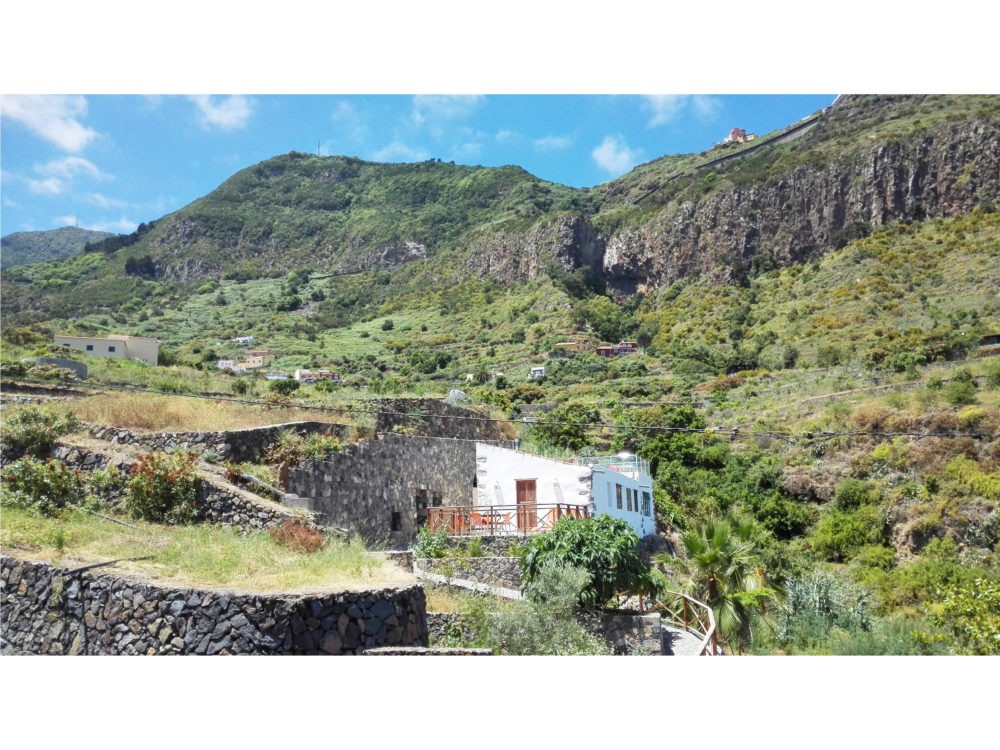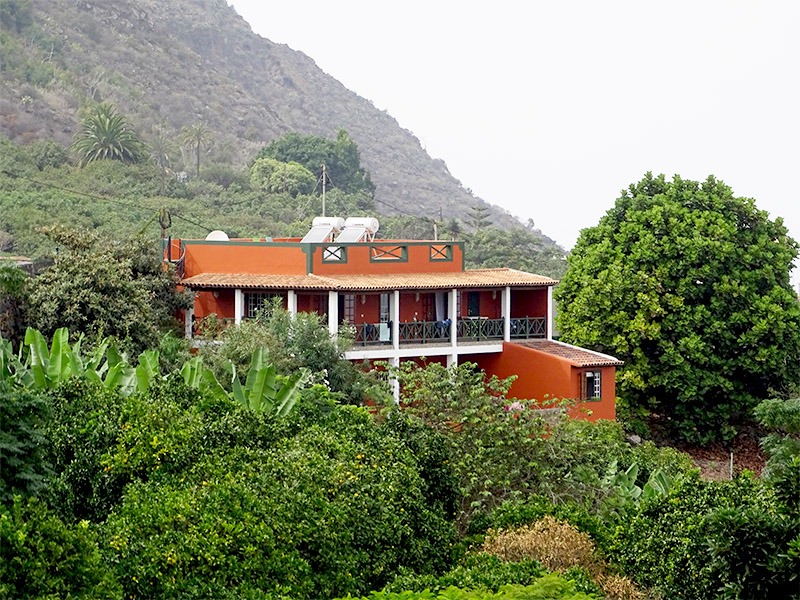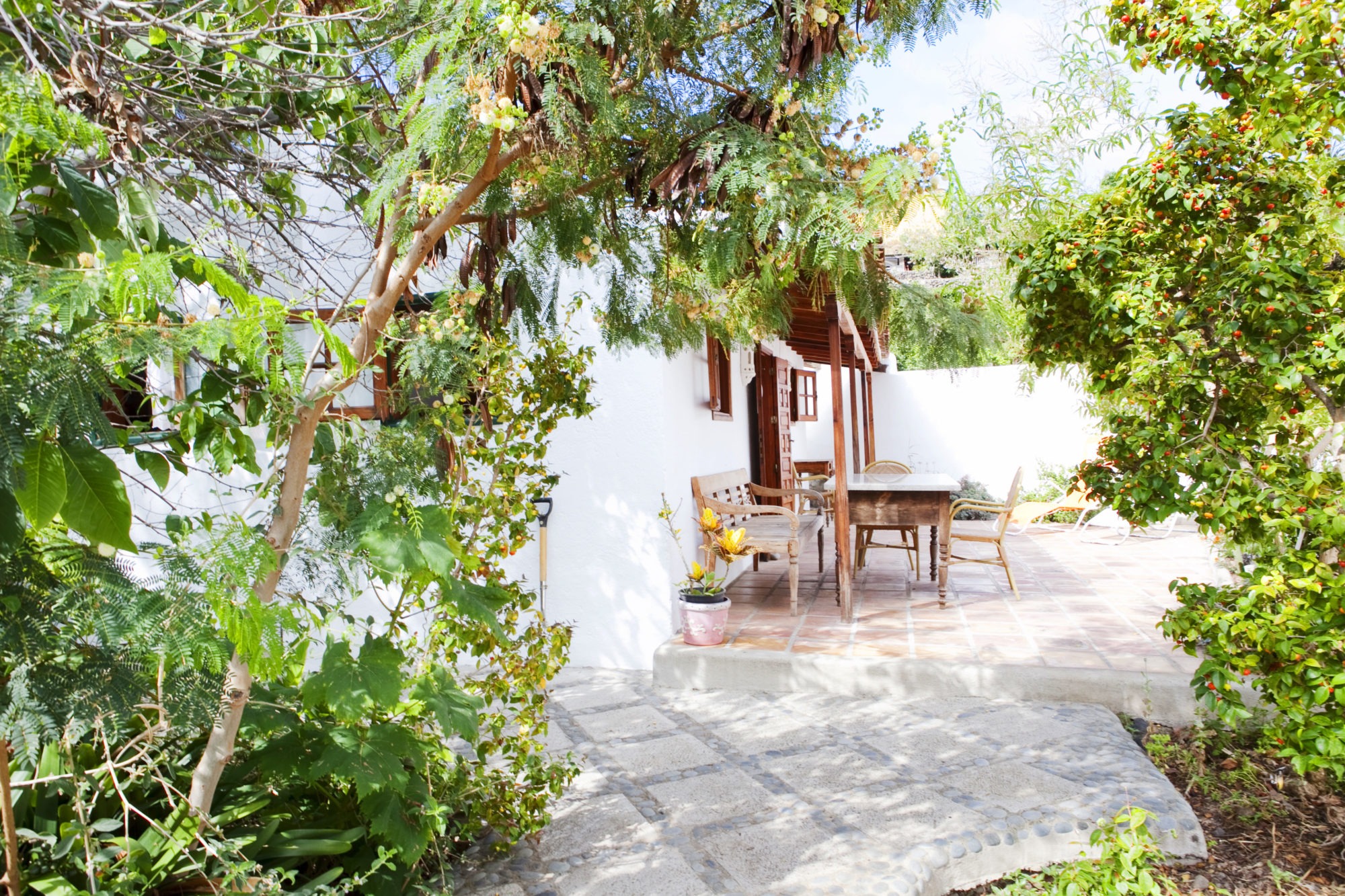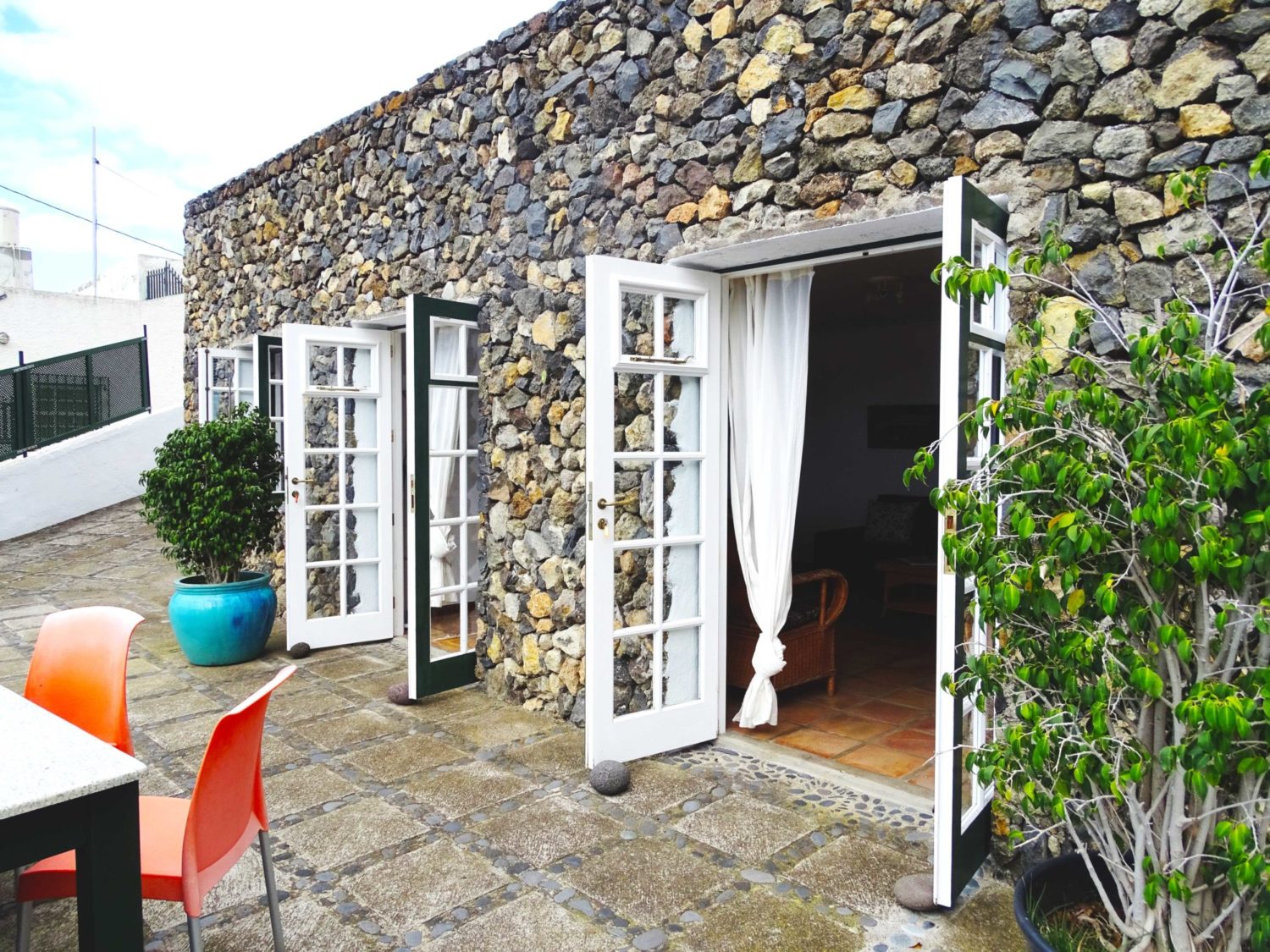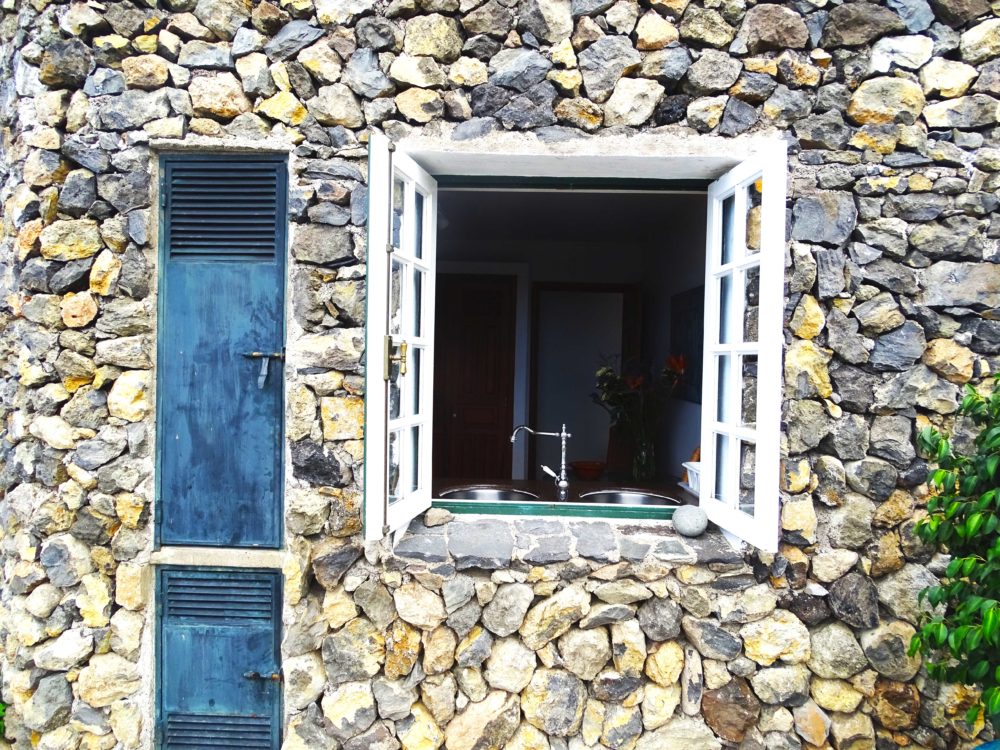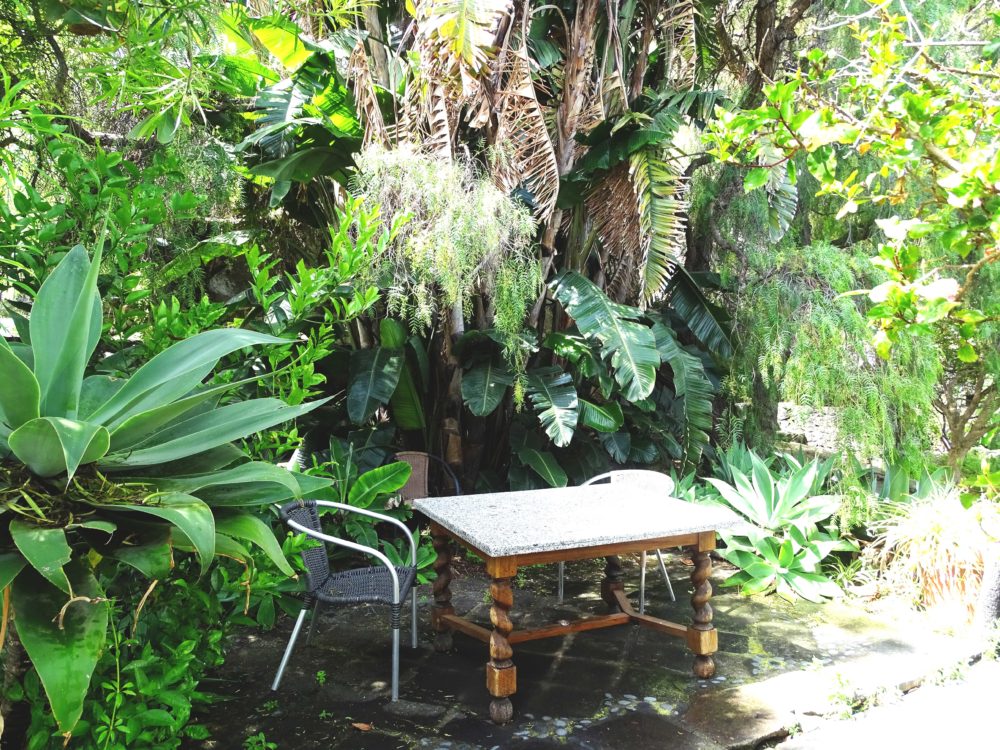Prunus armeniaca
APRIKOSE
Englische Bezeichnung: Apricot
Spanische Bezeichnung: Albericoque
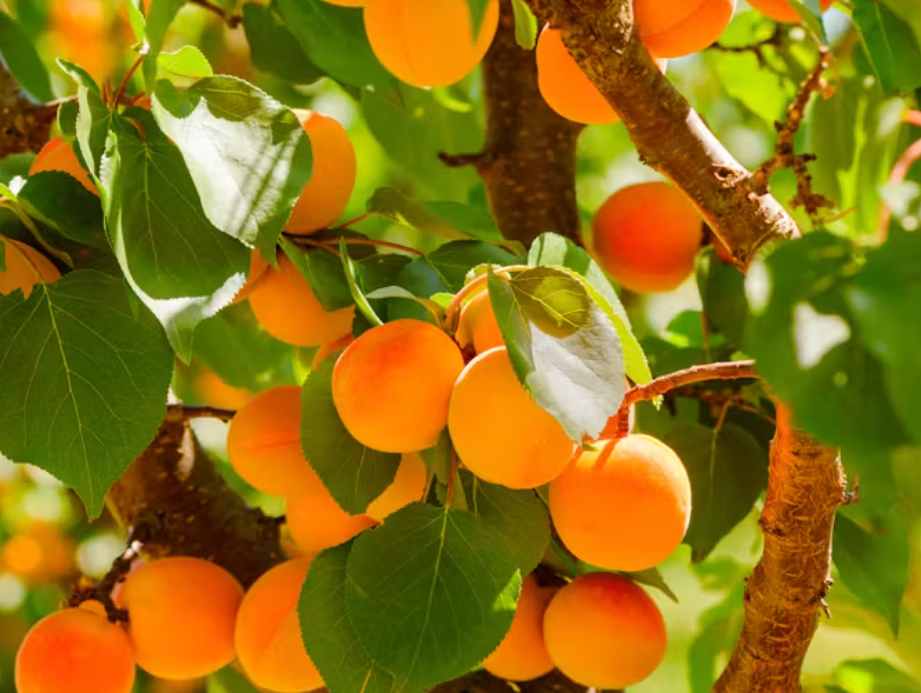
Familie
Rosengewächse (Rosaceae)
Verwendbare Teile:
Frucht, Kerne
Hauptbestandteile:
Mineralstoffe: Kalium, Eisen
Vitamine: C, Beta-Carotin (Provitamin A)
Sekundäre Pflanzenstoffe: Antioxidantien, Phytosterine, Polyphenole
Ernte-Hinweise:
Den richtigen Erntezeitpunkt erkennt man daran, dass die Früchte sich satt orange-gelb verfärben und weich anfühlen. Da die Früchte nach und nach reifen, muss alle zwei bis drei Tage gepflückt werden.
Verwendung:
Marmelade, Obstsalat, Kuchen
Die Heimat der Aprikose ist China und das zum Iran und zur Türkei gehörende Hochland zwischen Kaspischem und Schwarzem Meer. Der botanische Name der Aprikose gründet auf der Annahme, die Frucht stamme aus Armenien: prunus armeniaca. Wildarten gibt es heute noch in Afghanistan und Japan. Der Samen im Aprikosenstein kommt z.B. bei der Herstellung von Amaretto zum Einsatz. Das Aprikosenkernöl verwendet man aufgrund seines unaufdringlichen Duftes und seiner guten Haltbarkeit auch gerne als Grundlage für Hautpflegemittel.
Family
Rose family (Rosaceae)
Usable parts:
Fruit, seeds
Hauptbestandteile:
Minerals: potassium, iron
Vitamins: C, beta-carotene (provitamin A)
Secondary plant substances: antioxidants, phytosterols, polyphenols
Harvesting guideline:
The right time to harvest can be recognised by the fact that the fruits turn a rich orange-yellow colour and are soft to the touch. As the fruits ripen gradually, they must be picked every two to three days.
Use:
Jam, fruit salad, cake
The apricot is native to China and the highlands between the Caspian and Black Seas, which belong to Iran and Turkey. The botanical name of the apricot is based on the assumption that the fruit originates from Armenia: prunus armeniaca. Wild species can still be found in Afghanistan and Japan.
The seed in the apricot stone is used in the production of amaretto, for example. Apricot kernel oil is also used as a base for skin care products due to its unobtrusive fragrance and good shelf life.
Familia
Familia de las rosáceas (Rosaceae)
Partes utilizables:
Fruta, semillas
Componentes principales:
Minerales: potasio, hierro
Vitaminas: C, betacaroteno (provitamina A)
Sustancias vegetales secundarias: antioxidantes, fitoesteroles, polifenoles
Guía de cosecha:
El momento adecuado para la cosecha se reconoce cuando los frutos adquieren un intenso color amarillo anaranjado y están blandos al tacto. Como los frutos maduran gradualmente, deben recogerse cada dos o tres días.
Uso:
Mermelada, macedonia, tarta
El albaricoque es originario de China y de las tierras altas situadas entre los mares Caspio y Negro, que pertenecen a Irán y Turquía. El nombre botánico del albaricoque se basa en la suposición de que el fruto es originario de Armenia: prunus armeniaca. Todavía se pueden encontrar especies silvestres en Afganistán y Japón.
La semilla del hueso de albaricoque se utiliza, por ejemplo, en la elaboración del amaretto. El aceite de hueso de albaricoque también se utiliza como base de productos para el cuidado de la piel por su discreta fragancia y su buena conservación.


